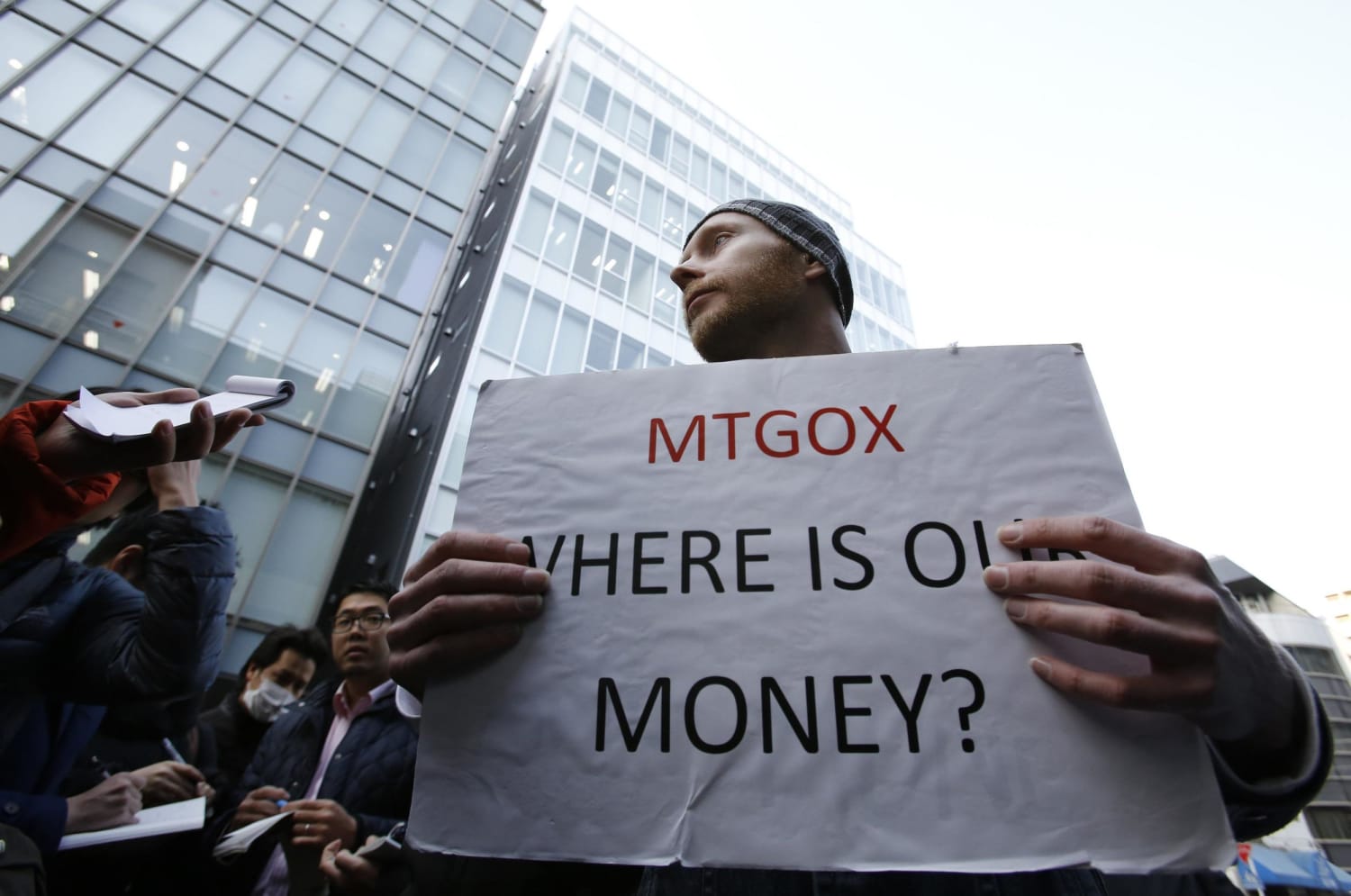The “specialized administrative unit” ONBTC will coordinate and consult all bitcoin projects in El Salvador.
El Salvador’s government doubled down on its crypto initiatives by creating a National Bitcoin Office (ONBTC) that will oversee all local projects related to the asset.
The new agency will also be able to cooperate with other countries in matters associated with BTC.
Enter ONBTC
Despite the prolonged bear market, El Salvador’s authorities seem determined to advance their bitcoin strategy. According to a recent LinkedIn post, the government created a National Bitcoin Office that will function as a “specialized administrative unit, with functional and technical autonomy within the Presidency of the Republic.”
The agency will have all the freedom to manage and consult domestic bitcoin projects and join forces with other countries’ organizations on initiatives linked to the leading digital currency:
“The objective of the ONBTC will be to design, diagnose, plan, program, coordinate, follow up, measure, analyze and evaluate plans, programs, and projects related to bitcoin for the economic development of the country.”
The entity will analyze all individuals who wish to meet the BTC-loving President Nayib Bukele to discuss the nation’s blockchain path.
It will also work closely with the different Ministries to formulate adequate regulations on the local crypto sector and introduce educational programs for Salvadorans.
“All public institutions shall collaborate with the ONBTC for the fulfillment of its functions and objectives. For example, the Ministry of Foreign Affairs will collaborate in cases of international cooperation, while the autonomous and municipalities may do so to the extent that their regulations allow,” the post reads.
President Bukele will hire the Director of the agency, while the latter will appoint all necessary personnel according to his understanding.
Focus on the Entire Crypto Sector
The government presented a bill earlier this week aiming to establish regulations on the local crypto industry by forming a designated commission.
Up until recently, El Salvador’s main focus was on bitcoin. The nation made history last year by becoming the first to embrace the coin as a legal tender inside its borders. It announced plans to create a Bitcoin City and built a massive vet hospital using profits from its BTC purchases.
The latest data reveals that the Central American country holds 2,381 BTC, equaling nearly $40 million (calculated at current prices). President Bukele, though, disclosed that the government will start buying one bitcoin a day starting November 18, meaning the possessions could have increased by now.






:format(webp)/cloudfront-us-east-1.images.arcpublishing.com/coindesk/W3R54NYJCNDPZJYRR56ZGFFBWY.jpg)